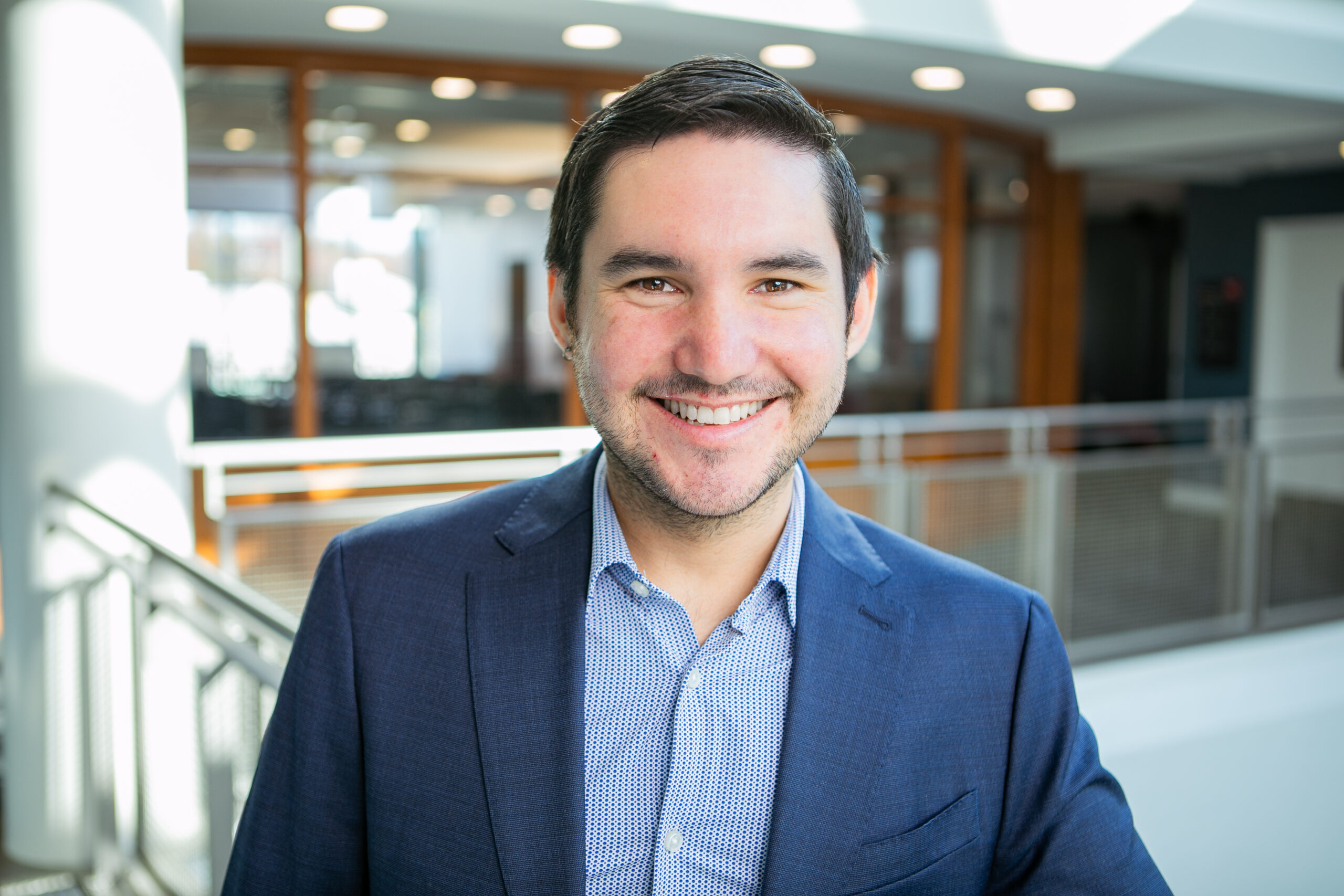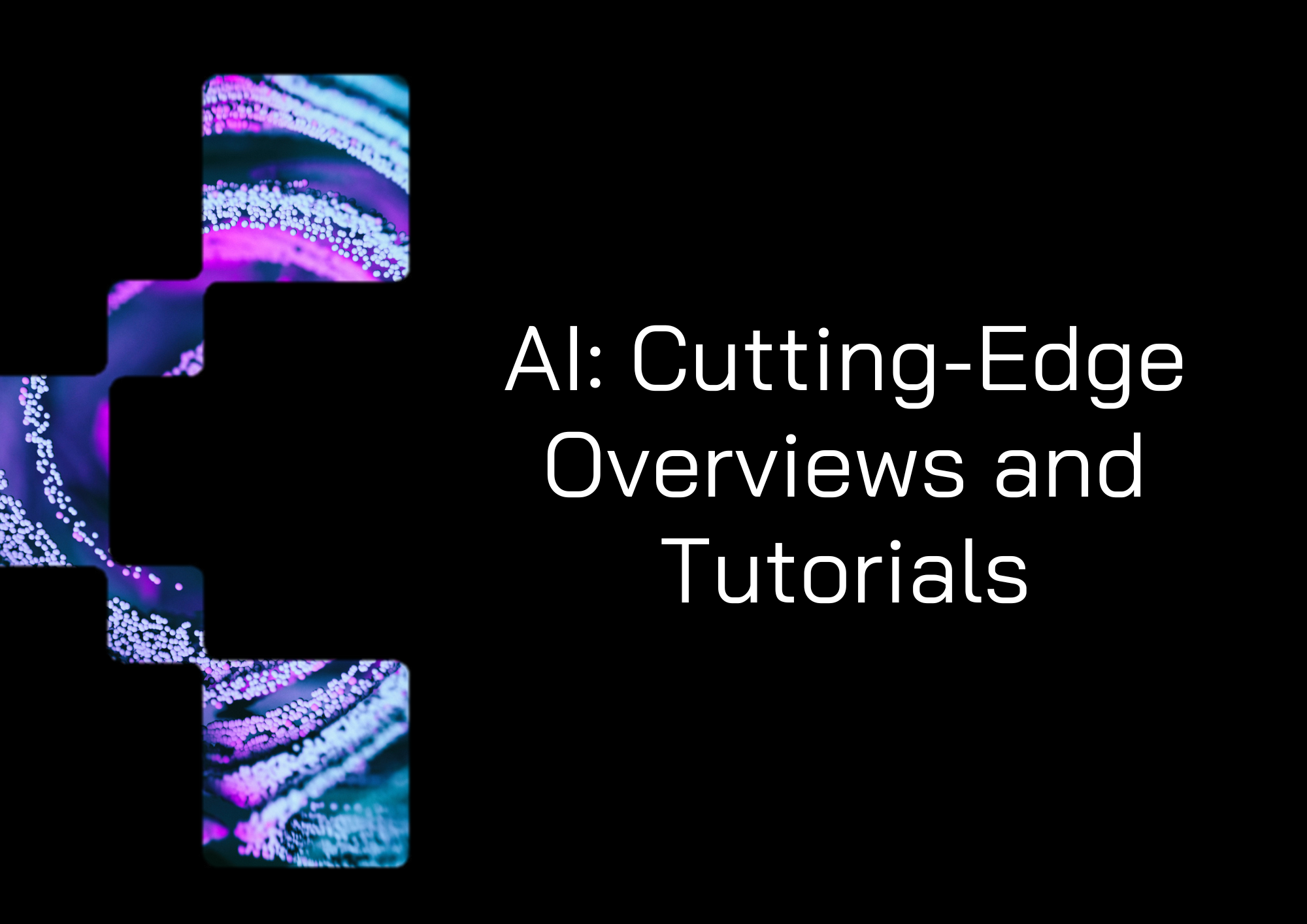Talk Summary
The problem of finding a transformation mapping one distribution into another is a relevant mathematical problem with several applications in physics, genomics, etc. When this transformation is assumed to be monotonic, the above problem corresponds to finding the so-called optimal transport map, for which a rich mathematical regularity theory is available and for which a recent non-parametric estimation theory has been established. These statistical results indicate that plug-in estimators of such maps converge faster than expected for Kernel density estimators, a consequence of the extra degree of smoothness of the optimal map compared to the original densities. Moreover, a central limit theorem has been established for such estimators under suitable bandwidth selection, enabling uncertainty quantification. The main drawback is that their computation is typically intractable as it relies on solving an optimal transport problem in the continuum, for which we can only obtain approximated solutions.
To deal with these issues, we propose rectified transport as an alternative to optimal transport. The rectified map (Liu et al., 2022) is a relaxation of optimal transport that recovers optimal transport if sufficient constraints are added. Unlike optimal transport, the rectified map is computed pointwise by solving an ordinary differential equation with a velocity field given by a conditional expectation. Moreover, the computation of a plug-in estimator for the rectified flow amounts to solving a sequence of non–parametric regression problems. Rectified maps are typically used in diffusion models, but little is known about their regularity and sample properties.
This talk will establish an elementary regularity theory, showing that the population rectified map also has more regularity than the underlying densities. Based on this theory, we derive a bias and variance analysis for this estimator and a central limit theorem. Our results indicate that this estimator benefits from the enhanced regularity of the transport map. However, the benefits are more modest compared to optimal transport, presumably because the rectified map is typically less structured than the optimal transport.
This is joint (ongoing) work with Arun Kumar Kuchibhotla and Larry Wasserman.


